Sometimes snowmelt and warmer weather can be a welcome relief. A chance to expand our horizons and chase other pursuits that become available outside the cold grasp of winter. So this summer, a few of our cardio-versed editors and interns took to the trails to run the hills we look longingly towards when the snow fills in, with new gear in hand. If, like us, you appreciate trail running as an often grueling way to get outside and prep yourself for the first flakes of winter, check out these reviews of our favorite trail running gear below. —The Editors
Hoka Tecton X3
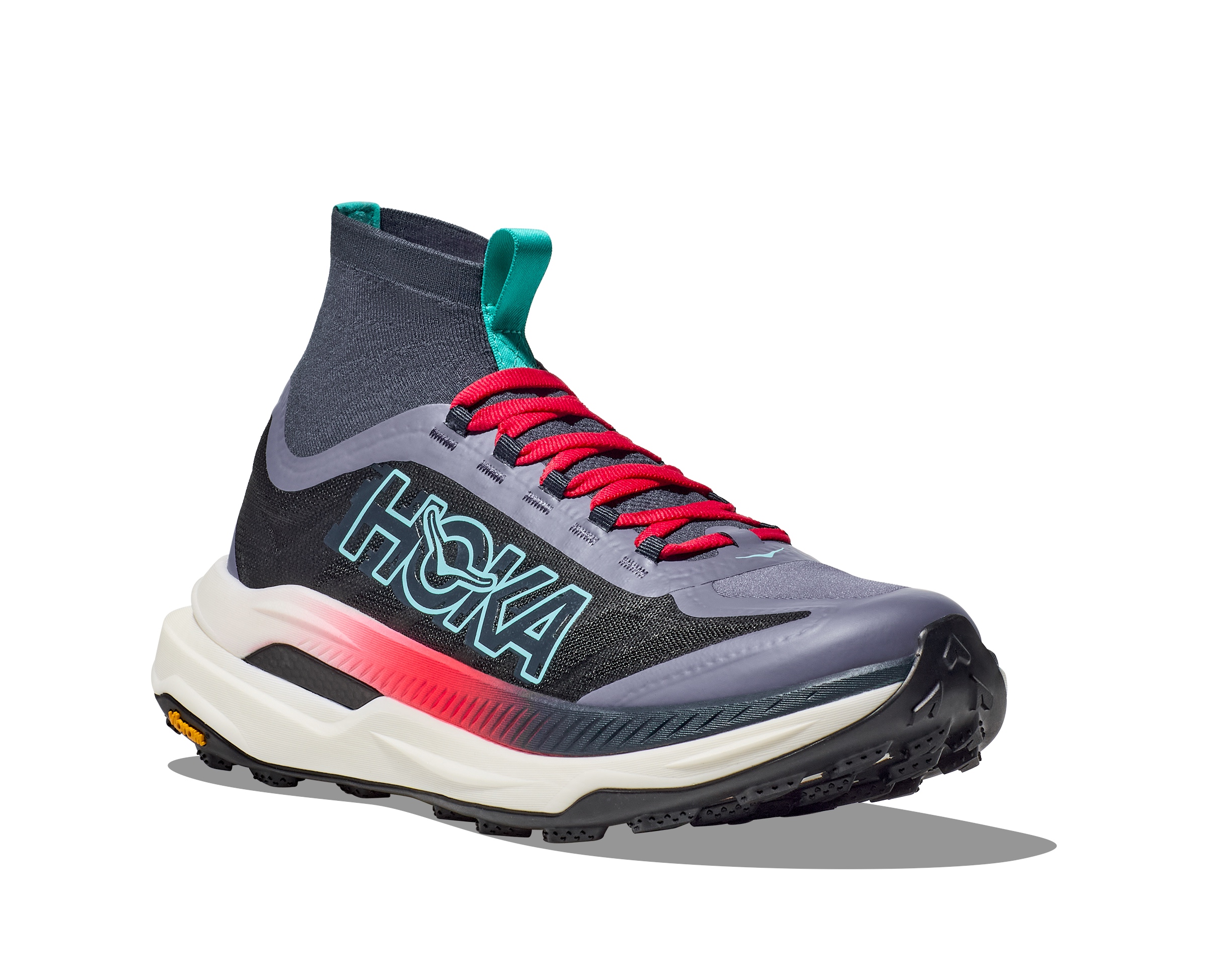
Our tester admitted he was a little embarrassed to be rocking shoes with knit gaiters while just getting into trail running. But he also noted, “It would be an understatement to say the Tecton X3 has been an upgrade from my previous clapped out, three-year-old running shoes.” One upgrade was the Vibram outsole and 4-millimeter traction lugs that stuck like a gecko in the rainforest to just about every surface. “I’m still yet to take a spill despite some questionable leaps onto slick granite, wet roots and muddy trails,” he said. Another upgrade was the two parallel carbon plates and dual density peba foam midsole—one rigid layer to protect from the ground and a soft layer above to cushion your foot—that kept him feeling bouncy and spry when pushing long distances. He called the 40-millimeter stack height and 5 millimeters of heel drop “a decent balance of trail feel, stability and cushioning without feeling like heels”. He gave one warning: “Don’t let your friends bend the shoe in half to check out the carbon plates, they’re meant for running, not flexing.”
Where to buy
Merrell Agility Peak 5
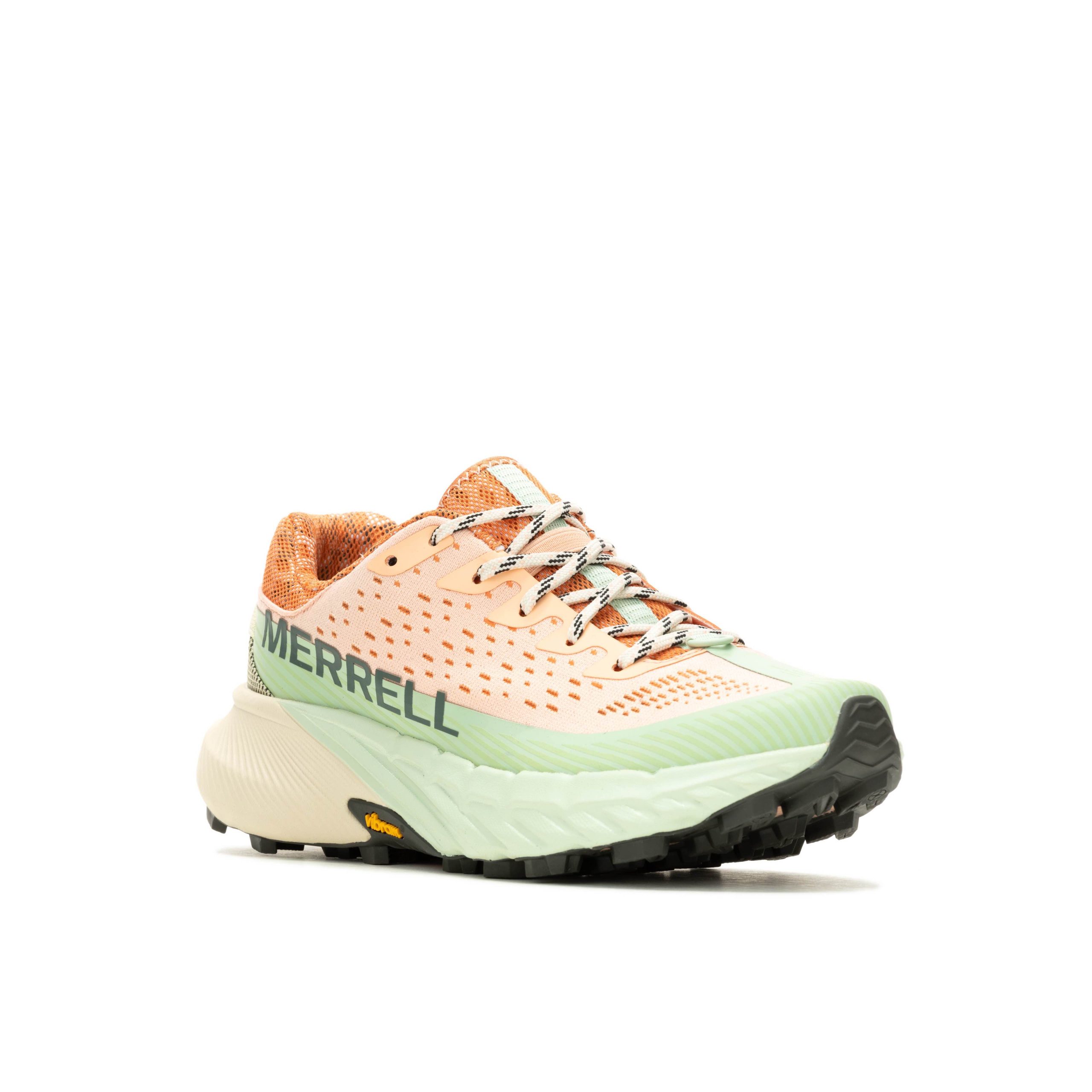
In variable Vermont summers, our tester appreciated the multitude of features packed into the Agility Peak 5. “The sole of the shoe has a nice rocker, waterproof elements didn’t make the shoes hot and [they] gripped to the trail very well,” she enthused. The tongue and collar of the shoe are water resistant and the upper is a TPU/mesh combo, enabling breathability while lowering water absorption. The shoes rocker is shaped by a lightweight foam midsole and stiff forefoot plate that protects from rugged terrain. A 31-millimeter stack height and 5 millimeters of heel drop kept our tester close enough to the ground to maintain stability and cushioned enough for happy feet at the end of long days. She affirmed the light yet stiff build, saying “They felt sturdy and supportive.” The Vibram outsole with 5-millimeter lugs impressed too, sticking to sweaty roots and rocks in humid weather like superglue. A senior graphic design student, her style-conscious mind appreciated the variety of colorways offered, too. Our tester’s one complaint was “a more narrow fit” that she found slightly restrictive, so try them on before you buy.
Where to buy
Nathan TrailMix 2.0 12L
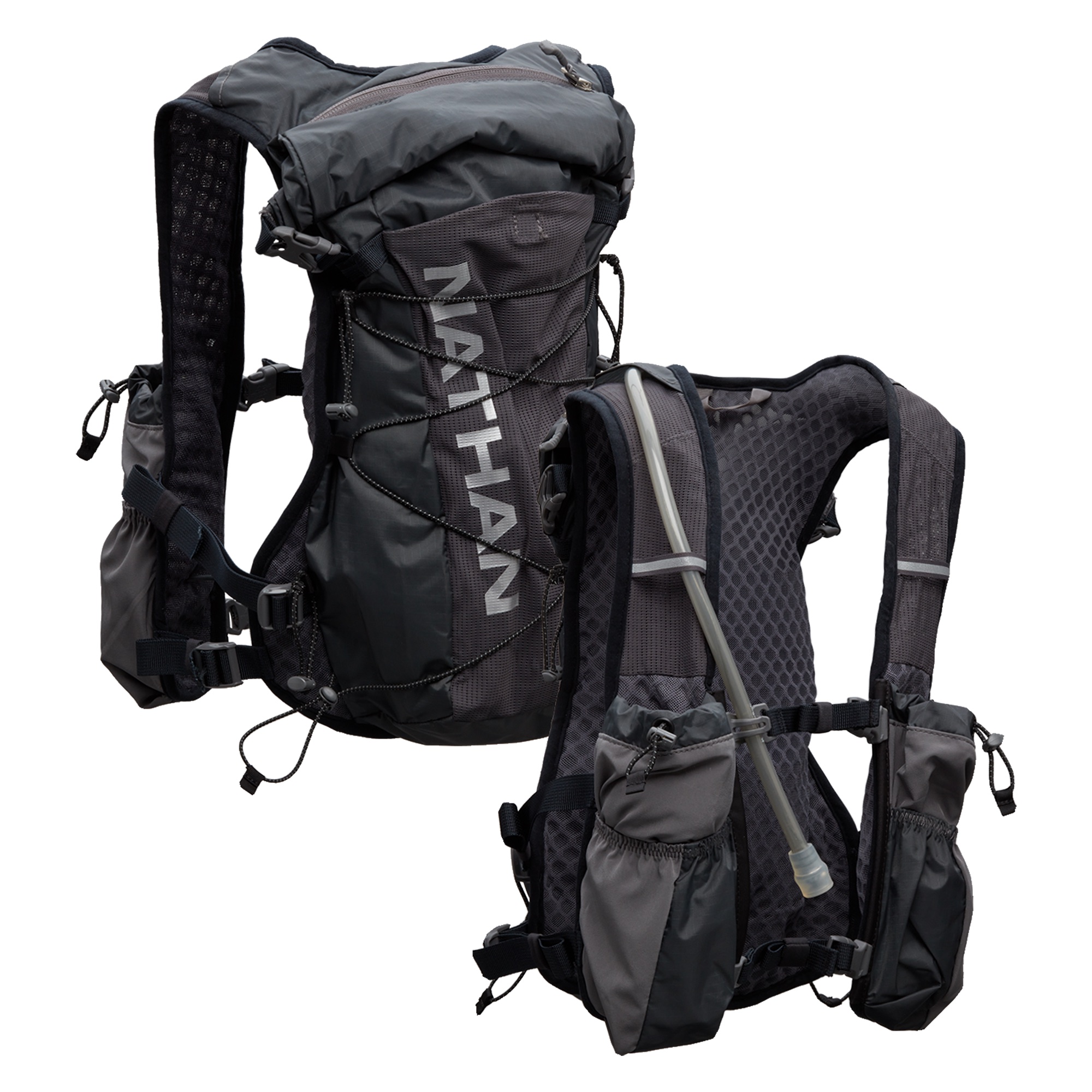
“Running vest meets light trail pack,” said our tester of Nathan’s new TrailMix 2.0 running vest. With 12 liters of storage, thanks to a rolltop-accessed large back compartment, this pack, per said tester, “has the capacity to carry 2-3 layers, plenty of snacks, an inReach and more.” Additionally, a 1.5-liter bladder offers built in hydration while four chest pockets, each compatible with 20-ounce flasks, offer additional water storage. She found said pockets double well as storage for keys, Airpods or a granola bar as needed. Additional features include a mesh pocket and bungee on the back as well as adjustable straps under the arms and across the chest for a customizable fit. An elastic fit aids with comfort, too. “Just wish there were straps along the shoulders to customize how high/low this sits on my chest,” our tester commented. Overall, she was excited by this vest’s distance capability, saying, “This will be my go-to for big hikes and runs, or even a speed trek, thanks to the storage.”
Where to buy
Outdoor Research Swift Lite Short
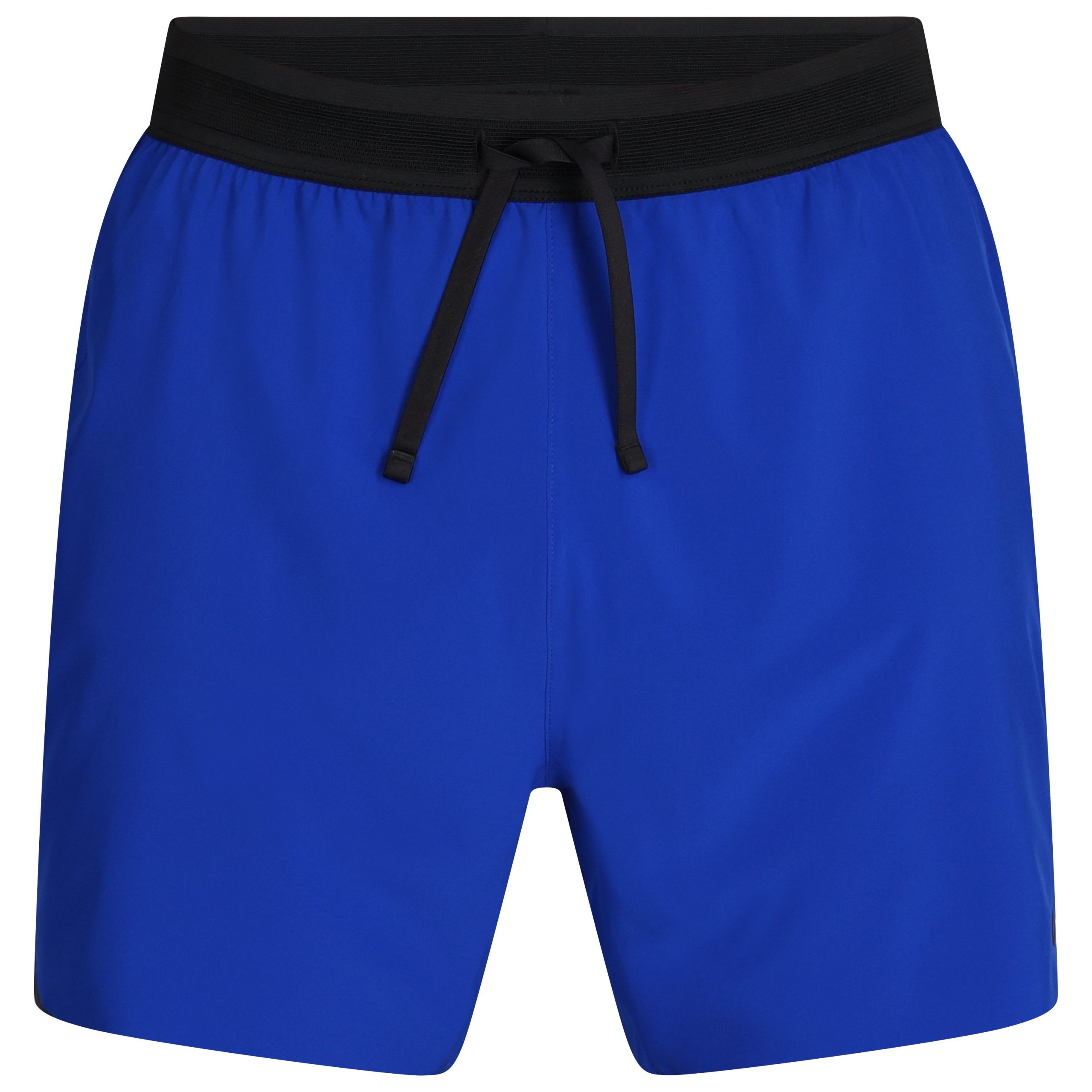
Outdoor Research named the Swift Lite shorts after two aspirational feelings when trail running. Our tester thought they mostly achieved the sensation. “Beautifully light and stretchy, I almost forgot I was wearing shorts,” he gushed. The short itself is an 88% polyester/12% spandex mix with ventilation holes at the back and hem. He appreciated the 5-inch inseam, which he called the perfect running length, and complimented the durability of the lightweight material after stemming through slot canyons and taking a butt-first spill running down a scree field. “The wide, flexible, soft waistband is by far the highlight and the back pocket is nice to stash keys or a snack,” our tester continued. All those compliments only came after one big change though. “I’m typically anti-liner, and while these were far from the worst liner’s I’ve tried, I still cut them out after a few runs.” He also noted the hefty price tag for a pair of shorts, but admitted, “If you’ve got the cash and like your crotch to feel secure, the Swift Lite is well worth your consideration.”
Where to buy
Garmin Fenix 7S

“A Swiss Army knife for your wrist (once you unlock the digital jungle),” our tester said of Garmin’s Fenix 7S. S denotes the smaller size, which our 6’4” tester appreciated for being “light on the arm, like a feather.” While this watch can do almost anything—health snapshots, sleep summaries and stocks included (see how backcountry ski capability was reviewed in Issue 155)—our tester especially loved that the Fenix suggested running workouts for him. “It keeps running fresh and easy and eliminates decision fatigue,” he said. Our tester was also impressed with the reliable data points, which include blood oxygen level, VO2 max, heart rate variability, a barometer and very accurate GPS. Plus, he appreciated the cushy capabilities: music downloading (though he noted it drained battery) and a small emergency light, to name a few. His only qualm was with navigation. “Following a route was a bit finicky,” he admitted after the 7S became confused tracing a route backwards. Still, he was impressed, raving, “Great as a high-end multisport GPS watch, designed for the serious adventurer.”
Where to buy
Suunto 9 Peak Pro
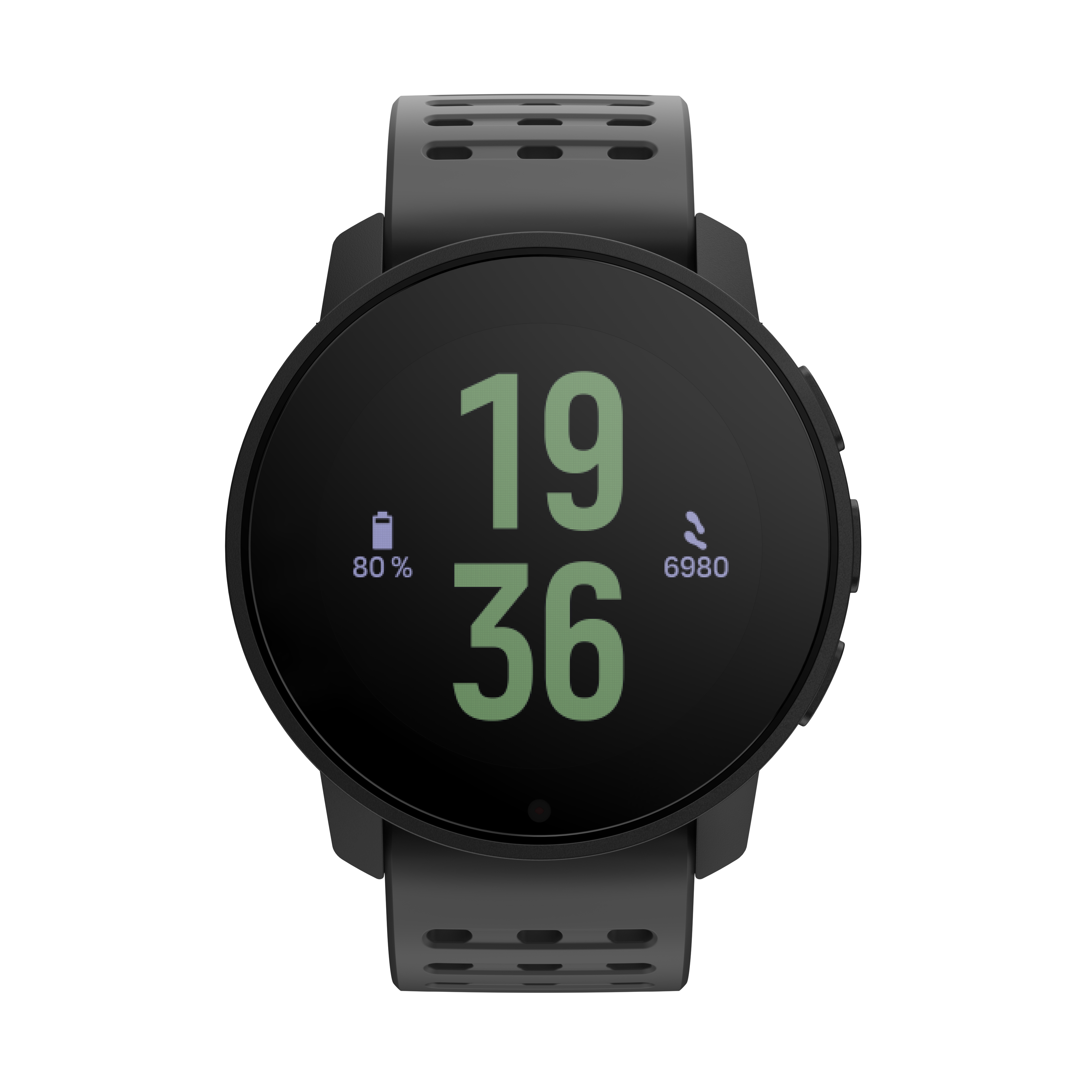
“My best backcountry companion,” said our tester who’s been wearing the Suunto 9 Peak Pro for almost two years straight. While it’s not the newest watch in Suunto’s lineup (see the Vertical Titanium Solar review from Issue 155), she’s found the 9 Peak Pro to reliably do everything she needs and more. When she isn’t navigating with her watch, she charges it once every few weeks. Even then, “I successfully navigated solely off this watch for a four-day trek through the Andes without a charge,” she raved, taken by the GPS accuracy and battery life. For shorter adventures, like trail runs, she appreciates the straightforward interface which can be navigated via three simple buttons. Metrics tracked include the basics (distance, mile time, heart rate), as well as blood oxygen level, sleep time and quality, body resources, altimeter and barometer, stopwatch, compass and weather (if set up through the Suunto app).
Where to buy
To read our gear reviews earlier, or when they are published in print, subscribe.
*Affiliate link disclaimer:
At Backcountry Magazine, we are committed to providing you with honest and informative gear coverage. To support our work and continue delivering quality content, we are including affiliate links in our reviews. Partnerships with retailers are separate from coverage, ensuring that our reviews remain unbiased. These links help us earn a small commission if you make a purchase through them, at no additional cost to you.


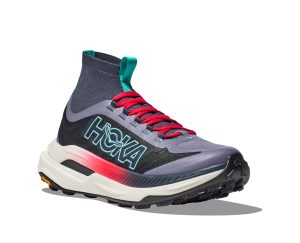
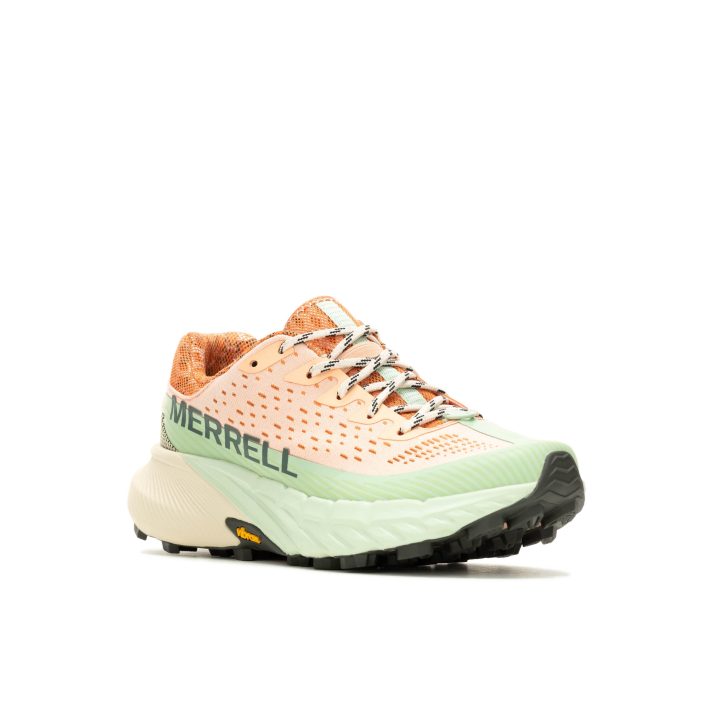
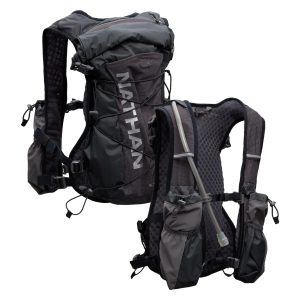
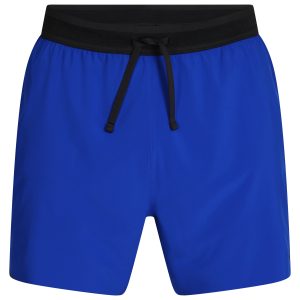
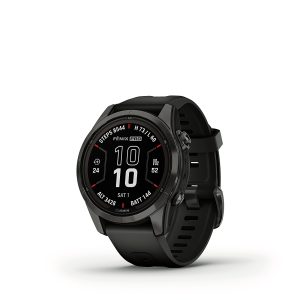
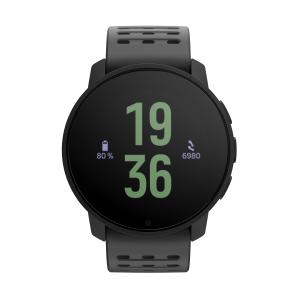








Related posts: